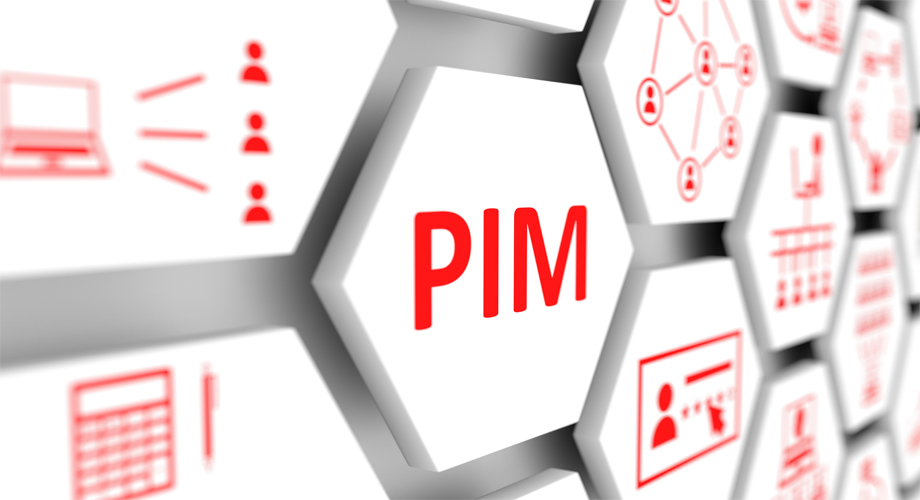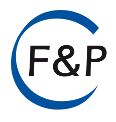In many companies, one of the building blocks of digitalisation is the changeover to a database-based product catalogue, which, in addition to a web shop and a connection to the ERP system, enables the quick and partial creation of product catalogues or catalogue extracts for special marketing occasions.
PIM stands for Product Information Management and is to be understood as a digital product marketing instrument.
A PIM project was successfully realised using the example of a traffic technology company with traffic signs and the corresponding fastening and assembly technology as well as construction site safety devices.
What are the advantages of a PIM system?
In addition to entering the article number and the technical specifications in the form of short and long text descriptions, it is also very easy to manage the prices and images for the product range and to adapt and make them available to the customer. We are talking here about seasonal catalogue extracts or special offers for a certain customer group with prices modified accordingly. No experts are needed to adjust prices or discount limits of a single product group individually for a period of time or to create catalogue extracts for a specific customer group only. Here we are not only talking about the paper catalogue, which can be produced in small print runs via the local laser printer, but also the automatic connection to a web catalogue. And in this web catalogue, as with AMAZON, intelligent cross-selling is realised. This also increases customer loyalty, as it is much easier for the customer to order the traffic sign together with the necessary fastening technology on one page. Cross-selling can also be carried out in the printed catalogue, but is much more efficient in the web-based version. If the system is linked to the ERP system via an interface, the complete price maintenance can be carried out in only one system and automatically transferred to the linked one.
The current situation in many medium-sized companies
There is a printed catalogue with article numbers and prices and, if applicable, also a price group allocation that reflects the maximum discount level. This version of the product catalogue is also available as a PDF version with a search function. The graphic files and images/photos have been processed in a special graphics programme and are also stored there. Due to this decoupling of graphics, texts and basic information about the product, a reprint with changed prices or new products with different technical specifics and graphics is always a greater effort. A graphic designer with the appropriate software is always needed for the realisation.
Open source solution vs. integrated licence software
The first step in the implementation process is to draw up a set of specifications and a number of products. It is important to bear in mind that each product variant means its own article number in the database system – in the case at hand, there were approx. 24,000 different traffic signs and approx. 1,000 articles within the framework of posts, clamps and other articles for construction safety. This large quantity of article numbers is also reflected in the costs for a licence version. In addition to the sheer quantity, the extent to which graphic files and texts are already available digitally or still have to be generated is decisive. In our case, many graphics had to be recreated due to the suboptimal image quality. Many system providers work with the open source solution of PIM-Core as a database with interfaces to graphics programmes and ERP systems. Other systems with integrated graphics and connection to SAP or other ERP systems allow the “one-stop-shop”. Here, companies get the complete solution from a single source, including graphics creation and image processing. IT companies also offer this service in their PIM projects – but in many cases they are provided by cooperation partners, so that there are several contact persons for the implementation.
Investment volume and follow-up costs
Regardless of the choice of product, an investment volume of at least €100,- in the first year can be assumed. When weighing up the providers and the question of working with or without licence costs, one of the most important questions is the available marketing and IT personnel resources. In the approach chosen with the traffic signs, there was neither the IT resource for changes to the database structure or the printing rules and formatting in the various output formats, nor a graphic input due to a lack of staff and software. So the decision in this project was clearly in favour of the integrated full-service provider with self-developed software and licence fees. It is a misconception that unlicensed open source software is generally cheaper. Of course, the licence fees for the software are incurred again annually as follow-up costs and must be set against the personnel savings in IT and graphics. Are you interested in such a digital changeover? Then please contact us – we have experience in this area. Find out here which of our partners is suitable for your project.




